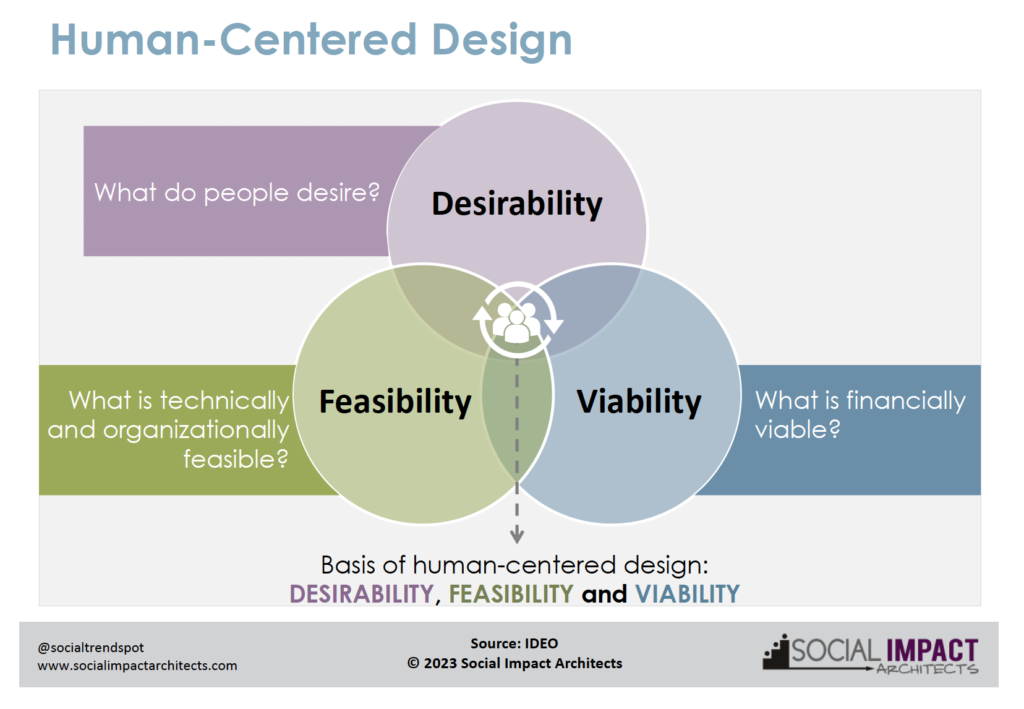 Have you ever waited endlessly at the doctor’s office and wished that they had better customer service? Have you waited in a grocery line and bought an impulse purchase and then wondered why later? For better or worse, every company – but especially those in retail – know that their survival is dependent not just on the quality of their products, but also on the quality of their customers’ experiences. To address this issue, Fortune 500 companies have hired teams to better understand what motivates us and how we think and act.
Have you ever waited endlessly at the doctor’s office and wished that they had better customer service? Have you waited in a grocery line and bought an impulse purchase and then wondered why later? For better or worse, every company – but especially those in retail – know that their survival is dependent not just on the quality of their products, but also on the quality of their customers’ experiences. To address this issue, Fortune 500 companies have hired teams to better understand what motivates us and how we think and act.
While nonprofits often have waiting lists for our services, it is still important for us to think about customer/client/donor experience in all we do. It is not only a best practice, but it has also been shown to result in higher satisfaction and retention rates among a wide array of customers. In this post, we wanted to share some of these Fortune 500 tricks, which are built upon the principles of human-centered design (also called design thinking). They are highly customizable and applicable to the work we do every day – so much so that design thinking is one of the guiding principles of social entrepreneurs. To drive this home, I often tell my clients: “If you don’t involve those you serve to solve the problem, you might be the problem.”
Here are a few simple, but profound ways we can focus attention on our clients’ needs to give them the Fortune 500-level service they deserve:
Discover Challenges
Social sector organizations are using human-centered design to uncover challenges and opportunities (or, as we like to say, they are “falling in love with the problem and not the solution”) in clients’ lives. A simple way to do this is to have staffers shadow a small number of clients and record observations about the hurdles they face. Remember to ask questions that help you better understand the circumstances your clients are facing and dive deep by using process, such as root cause analysis. Themes will emerge that may be surprising. For example, Save the Children observed mothers preparing meals for their families to find out why some children were well nourished while others were not. They shared insights from their observations throughout the community to improve overall health. Across the U.S., teachers are also using design thinking to improve the classroom experience for their students by asking for and making changes based on their input.
Brainstorm Ideas & User Personas
Social sector organizations are following lean startup principles and looking to best practices and fellow providers for solutions that work for clients. IDEO, a human-centered design pioneer, also suggests looking for solutions in unexpected industries or situations and involving diverse members on your team. When the Food Bank for New York City tried to increase the number and speed of food boxes it prepared and delivered, it took cues from car manufacturer Toyota to start an assembly line and pack food boxes more efficiently. By using a solution that worked for car manufacturing, the food bank fed 400 more families in half the time.
At Social Impact Architects, we now use user personas (see sample here) with all of our clients to help them better understand their wide array of customers and how to optimize needs while balancing finite resources. To create user personas, brainstorm all key customers (e.g., students, donors, employees, older adults) and then prioritize whom to focus this exercise on. Then, once done, compare and contrast user personas noting all themes, overlaps and differences to help determine how you can best work with each customer group individually and the groups collectively. This can then lead to stronger customer voices in your communications and improved operational decisions that can help you streamline efforts.
Design, Test, Ask, Refine, Repeat
Social sector organizations can also use human-centered design to bring ideas to life through experimentation and reiteration. Using models, simulations and renderings to develop a prototype or first draft of your team’s proposed solutions can generate more ideas on how to improve your final product. The Empowerment Plan in Detroit embraced human-centered design and created a prototype of a jacket for the homeless. By asking homeless people for feedback on prototypes, the organization improved the initial product by transforming the jacket into a convertible sleeping bag. The company eventually evolved to give homeless individuals what they really needed – jobs – by hiring them to make the jackets. This only happened because the organization’s process included repeatedly asking for feedback, which resulted in design changes that improved their product.
We hope these human-centered design resources spark your creative juices to make clients’ dreams a reality as you design new programs this year. We also encourage you to reach out to your local colleges and universities to find students studying design thinking or human-centered design to help. We would love to hear your design-thinking success stories and the principles you used to make them happen.


Great post Suzanne – The Design, Test, Refine, Repeat model follows the core principles behind Lean Startup methodologies, which are great methods for social good organizations to adopt – especially those on a budget!